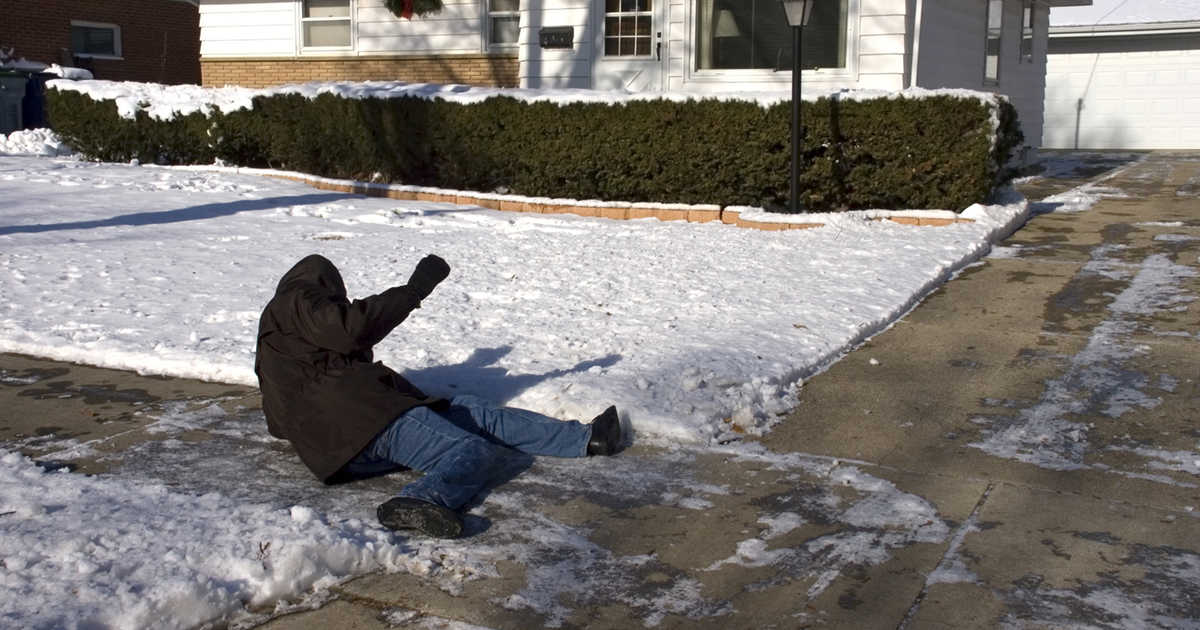Guide To The Common Causes Of Back Pain
Fall Or Other Injury

There are two main kinds of back injuries. The first is spondylolisthesis, which is a slipping of the vertebra. Most cases of spondylolisthesis occur at the bottom of an individual's spine. When the wing-shaped portion of the vertebra becomes fractured or defective, the vertebra can slip forward or backward over the supporting bone beneath it. The defect or fracture is referred to as spondylolysis.
The other main type of back injury is called cervical radiculopathy, which is a disturbance or damage to nerve function that occurs if a nerve root by the cervical vertebrae becomes compressed. When the nerve roots in this area become damaged, affected individuals might experience weakness, pain, and loss of sensation. The location of the loss of sensation varies depending on the location of the damaged roots. Patients might experience sensation loss in their shoulders, arms, or neck. Both types of injury may be due to genetic defects or may be caused by an impact or trauma.
